How to Clean Silver and Keep It From Tarnishing

By Alexa Erickson
Silver is a staple in home decor and fashion. From flatware and plates to platters and jewelry, silver is everywhere. The silver you know and love is broken into two categories: sterling silver and pure silver. Sterling silver is a combination of 92.5 percent silver and 7.5 percent alloy (usually made of copper or zinc), while any item made of fine silver is made of 99.9 percent pure elemental silver. (Real silver is usually stamped with a marker like "999" or ".999" or "99.9" to indicate that it’s 99.9 percent silver.)
This guide will teach you techniques for how to clean silver, both pure and sterling. You’ll also learn the best tips for caring for silver, and how to keep it from tarnishing so you can keep your silver treasures safe and clean.
Photo via Shawna Bailey
Why Does Silver Tarnish?
When silver is exposed to the gasses in the air, it oxides (or tarnishes). This causes discoloration (which usually starts out yellow and turns into a purple hue), fading, and results in silver losing its gleam and appearing dirty. Sterling silver is more susceptible to tarnish than pure silver because of the alloy metals within it, and it’s inevitable that all sterling silver will start to tarnish over time.
How to Clean Pure Silver
Pure silver is soft and not very durable, which is why sterling silver is used to make most jewelry and utensils. But pure silver heirlooms like platters, cups, and fine jewelry still exist. Pure silver typically doesn’t tarnish since there is no extra metal added, however, it can tarnish in certain conditions where air pollution is higher, notes Vie Jewelry Co., a pure .999 silver jewelry retailer. “It is the sulfur dioxide in the air that reacts to the silver and can cause some discoloration.”
If your pure silver tarnishes, it’s important to clean it very carefully. Here’s how.
Tools and Materials Needed
- Bowl or dish big enough to fit your silver pieces
- Aluminum foil
- Baking soda
- Hot water
- Latex gloves
- Clean, dry nonabrasive cloth (such as a microfiber cloth)
Step 1: Place Aluminum Foil in Bottom of Bowl
Cover the bottom of the bowl with aluminum foil to prevent the bowl from being damaged. The foil will also help create the chemical reaction needed to clean pure silver.
Step 2: Add Baking Soda to Bowl
Sprinkle a generous layer of baking soda on top of the aluminum foil. It should cover all of the foil in the dish.
Step 3: Add Pure Silver to Bowl
Evenly spread out the pure silver in the bowl or dish. The items should be evenly spread out so each piece rests on top of the baking soda.
Step 4: Add Water to Bowl
Heat up water on the stove or in the microwave, then pour the water on top of the pure silver until the silver is completely submerged.
Step 5: Sprinkle Baking Soda On Top
Add an additional sprinkle of baking soda to the bowl. The baking soda, combined with aluminum and hot water, will form a chemical reaction to convert the tarnish back to silver. Allow the silver pieces to sit for at least five minutes.
Step 6: Gently Scrub
For very tarnished pure silver, a gentle scrubbing may be necessary. To do this, put on latex gloves, then use your gloved hands to gently rub the silver.
Step 7: Rinse the Silver
Using latex gloves, gently remove the pure silver from the bowl. Rinse under cold water. Dry with a clean cloth.
Photo via Carole | From My Carolina Home
How to Clean Sterling Silver with Soap and Water
As we mentioned above, because pure silver is soft and can be easily damaged, it is combined with other metals to make it more durable. Most of the silver in your jewelry box or your flatware drawer isn’t actually silver—it’s sterling silver.
The method mentioned above for cleaning pure silver can also be used to clean sterling silver. But there are many more easy, at-home methods for cleaning tarnished sterling silver.
Your first line of defense before trying anything else, advises Janvier Jewelers, is using soap and water. This is the most gentle method out there for cleaning tarnished silver.
Tools and Materials Needed
- Mild dish soap
- Container big enough to hold sterling silver pieces
- Lukewarm water
- Clean, dry nonabrasive cloth (such as a microfiber cloth)
Step 1: Create Cleaning Solution
Add a few drops of mild dish soap to a container of lukewarm water.
Step 2: Add Silver
Add silver to the cleaning solution. Let your pieces soak for about five minutes.
Step 3: Rinse
Rinse the silver under fresh water, then dry with a clean cloth.
How to Clean Sterling Silver with Toothpaste
Like toothpaste lifts plaque off of your teeth, it works wonders in removing tarnish from sterling silver. If soap and water don’t work, try this next.
Tools and Materials Needed
- Toothpaste
- Small dish
- Clean, dry nonabrasive cloth (such as a microfiber cloth)
Step 1: Add Toothpaste to Dish
Add a pea-sized amount of toothpaste to a dish.
Step 2: Apply Toothpaste to Silver
Dip your finger in the dish, then apply the toothpaste to the silver in a circular motion to polish and clean off the tarnish.
Step 3: Let the Toothpaste Sit
Allow the toothpaste to sit on the silver for five minutes, then rinse off with water. Dry with a clean cloth.
How to Clean Sterling Silver with Vinegar and Baking Soda
What doesn’t the power of vinegar and baking soda do? The bubbly reaction between the two properties can help lift tarnish off of sterling silver.
Tools and Materials Needed
- ½ cup white vinegar
- 2 tablespoons baking soda
- Lukewarm water
- Container large enough to hold sterling silver pieces
- Clean, dry nonabrasive cloth (such as a microfiber cloth)
Step 1: Create the Solution
Mix ½ cup white vinegar with two tablespoons of baking soda in a bowl of lukewarm water.
Step 2: Add the Silver
Add silver to the bowl and allow it to sit for two to three hours.
Step 3: Rinse and Dry
Rinse the silver with cold water and dry with a clean cloth.
How to Clean Silver-Plated Jewelry
One of the most common metals to mix with silver for hardiness is brass. Items like jewelry may feature a thin layer of silver coated over brass. You can use any of the above methods when cleaning silver-plated jewelry, but you must be very careful not to scrape off the silver, as it will reveal the base metal. Avoid any abrasive materials when scrubbing or polishing. Before storing, make sure the piece is completely dry as any extra moisture will cause the silver to tarnish faster.
Photo via Shawna Bailey
More Silver Care Tips
- Believe it or not, using and wearing silver often is the best way to prevent tarnishing. As opposed to letting pure silver or sterling silver sit in a box untouched, getting your hands on it is important, as your skin’s natural oils work to keep the silver shiny.
- Remove your silver jewelry when doing household chores. Chemicals in cleaning products, as well as minerals in water, can accelerate corrosion and tarnishing.
- Remove silver jewelry before spending time out in the sun. Direct sunlight can cause silver to tarnish.
- Take off silver when showering or exercising to avoid contact with water. In fact, try to put jewelry on last to avoid exposing it to anything that accelerates tarnishing, such as lotions, perfumes, and hairsprays.
- Wipe down silver products occasionally with a polishing cloth as a preventative measure to keep tarnishing at bay.
- Store silver correctly. Exposure to air accelerates tarnishing, so plan to place silver items in individual, airtight plastic bags or an airtight, soft fabric-lined box with individual compartments.
- For silver with textural details, you can use cotton swabs or a small soft-bristle brush to reach hard-to-get areas.
- A special polishing cloth is great for removing light tarnish.
- When polishing, use back-and-forth motions that mirror the pattern of the silver to avoid re-tarnishing.
Do you have any tips or tricks for how to clean silver? Share them below!
Enjoyed the project?
Comments
Join the conversation
-
 Farmhouse 1820
on Dec 10, 2021
Farmhouse 1820
on Dec 10, 2021
I have a big silver collection, and I love to polish. These are amazing ideas and quick tips. Thanks so much for sharing!!
-
-
 William
on Jan 25, 2023
William
on Jan 25, 2023
I sell a lot of silver on Ebay. Jewelry, silverware, serving sets. Silver polish like Wrights and dips like TarnX tend to remove some of the metal. The foil method doesn't work that great and still leaves a grey film that still needs to be removed. I use white toothpaste (not gel) and a damp toothbrush. For large items I use a damp cloth. Also works on copper, brass, gold, porcelain, ceramics, sneakers, plastics, etc. For my sales I needed one product for cleaning everything. A dab of toothpaste on a damp toothbrush and gently brush letting it foam up. Wipe off with a damp cloth.
I sell a lot of stuff on Ebay. I use white toothpaste (not gel) and a damp toothbrush. For large items I use a damp cloth. Works on jewelry, silverware, copper, brass, gold, silver, porcelain, ceramics, sneakers plastics, etc. For my sales I needed one product for cleaning everything. A dab of toothpaste on a damp toothbrush and gently brush letting it foam up. Wipe off with a damp cloth. For larger items I use a damp cloth. Toothpaste has fine marble powder in it as an abrasive.
I use white toothpaste (not gel) and a damp toothbrush. A dab of toothpaste on a damp toothbrush and gently brush letting it foam up. Wipe off with a damp cloth. For larger items I use a damp cloth. Toothpaste has fine marble powder in it as an abrasive.
-




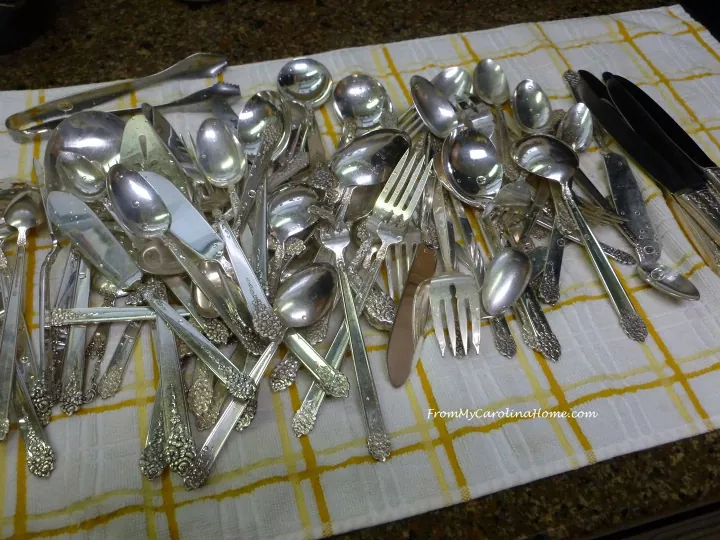

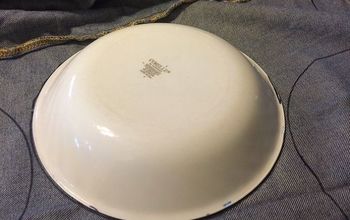
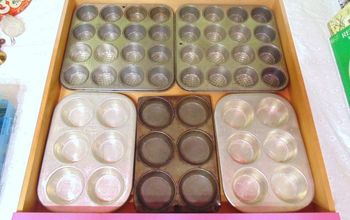
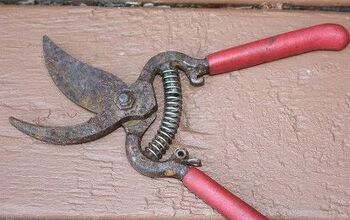

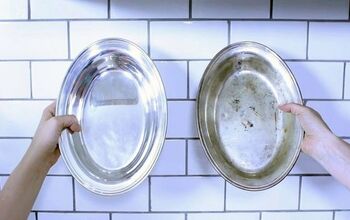
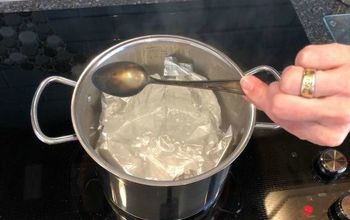
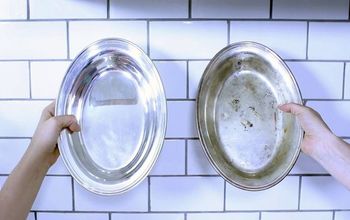
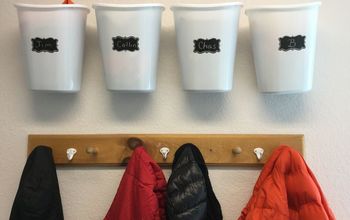



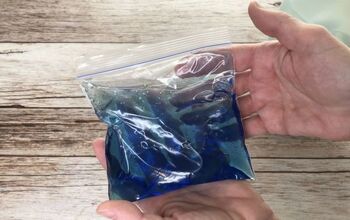

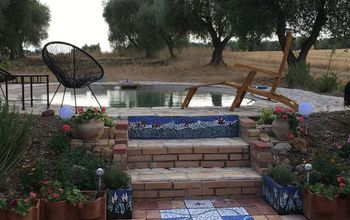


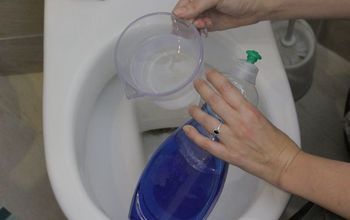



Frequently asked questions
Have a question about this project?